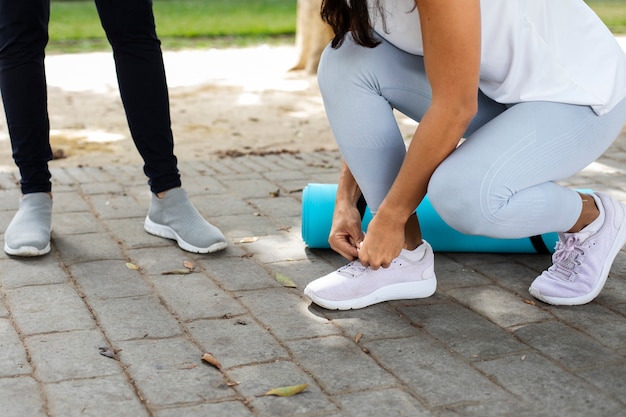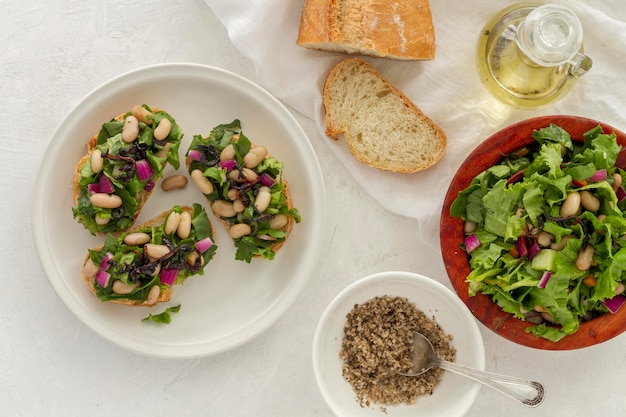Starting a fitness journey at any age is a bold and rewarding decision—but especially so in your senior years. Whether you're stepping into a gym for the first time or returning after a long break, it's never too late to build strength, improve balance, and boost your energy. With the right approach, seniors can safely and effectively enhance their health and independence.
This guide offers 15 practical, beginner-friendly fitness tips tailored specifically for seniors new to the gym. Each tip includes actionable advice, simple tracking ideas, and motivation cues to keep you on track and feeling confident.
Before beginning any fitness program, consult with your healthcare provider. This ensures your routine aligns with your current health status and any existing conditions.

Walking, cycling, or using the elliptical are gentle on joints and excellent for building endurance. Aim for 10–15 minutes to start, gradually increasing as your stamina improves.
Tracking Tip: Use a fitness tracker or journal to log daily steps or workout duration.
Motivation Cue: "Every step is a step toward greater independence."
Good technique prevents injury and builds a strong foundation. Use light weights or just your body weight as you learn movements like squats, lunges, and presses.
Tracking Tip: Record yourself doing a few reps to review form or ask a trainer for feedback.
Motivation Cue: "Perfect practice makes lasting progress."
Simple balance exercises—like standing on one foot or heel-to-toe walks—reduce fall risk and improve coordination.
Tracking Tip: Note how long you can stand on one leg each day.
Motivation Cue: "Steady feet mean steady confidence."
Muscle mass naturally declines with age. Resistance training slows this process and supports joint health. Use machines, bands, or dumbbells for exercises like chest presses or seated rows.
Tracking Tip: Track the number of sets and reps completed each session.
Motivation Cue: "Strong muscles mean stronger independence."
Stretching improves range of motion and reduces stiffness. Focus on major muscle groups: hamstrings, shoulders, hips, and back.
Tracking Tip: Keep a log of which stretches you do and how they feel.
Motivation Cue: "Flexibility is freedom in motion."
During cardio, you should be able to speak in short sentences but not sing. This ensures you're working at a safe, moderate pace.
Motivation Cue: "If you can talk, you're on the right track."
Dehydration can cause dizziness and fatigue. Drink water throughout the day, especially on exercise days.
Tracking Tip: Carry a reusable water bottle and refill it twice during your gym visit.
Proper shoes provide cushioning and stability. Choose ones designed for walking or cross-training with non-slip soles.

Spend 5–10 minutes warming up (e.g., marching in place) and cooling down (e.g., gentle stretching). This prepares your body and prevents soreness.
Motivation Cue: "Respect your body with every phase of your workout."
Most gyms offer orientation sessions or trainer assistance. Don’t hesitate to ask for a quick demo on how to use a machine.
Motivation Cue: "Every expert was once a beginner."
Instead of aiming to “get fit,” try goals like “walk on the treadmill for 12 minutes” or “complete two sets of leg presses.”
Tracking Tip: Use a goal chart or app to mark completed milestones.
Motivation Cue: "Small wins build big confidence."
Weight isn’t the only measure of success. Notice improvements in energy, posture, or how your clothes fit.
Tracking Tip: Keep a weekly journal of how you feel physically and emotionally.
Missing a day isn’t failure. Aim for consistency over intensity. Even 10 minutes counts.
Motivation Cue: "Showing up is 90% of success."
Acknowledge every workout, no matter how small. Reward yourself with non-food treats like a relaxing bath or new workout gear.
Motivation Cue: "You’re not just exercising—you’re investing in your future self."
Starting a fitness routine as a senior is one of the most empowering choices you can make. With patience, consistency, and these 15 tips, you’ll build strength, confidence, and long-term health—one workout at a time.

Fitness

Fitness

Fitness

Fitness

Health

Wellness

Health

Fitness

Health

Fitness

Wellness

Wellness

Health

Fitness

Health

Health